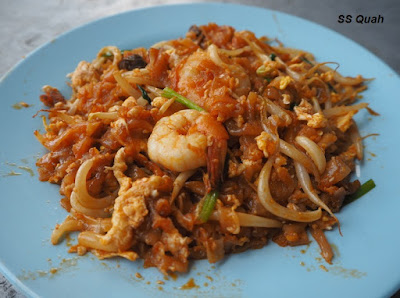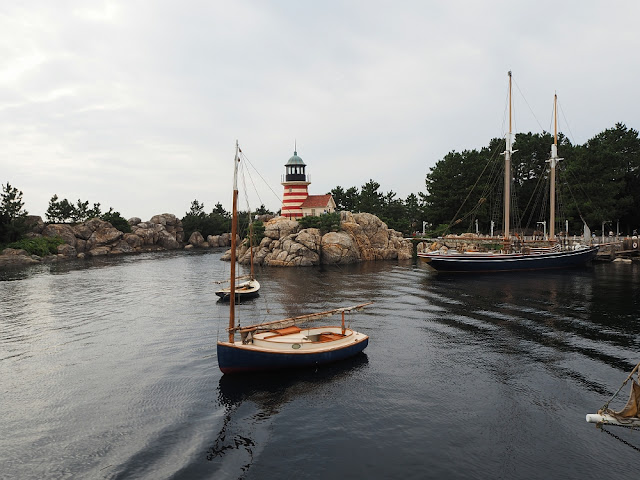Another gem from the stack of records that was given to me by a fellow Old Free. This time, the music is appropriate for a spot of belly dancing to reduce the waist line. Well, at least, MY waist line! This is a record from the 1960s, in glorious monaural sound instead of stereophonic.
But the sound is good and clear, and gives an opportunity to determine whether my equipment is well balanced. Other than my own ear test, I ran the output signal through the Audacity application and the sound wave came out practically identical on both channels. What more do I say? What more can I ask for?
Here are the album notes on the back cover:
"In the last two or three years the ancient art of bellydancing has had a tremendous resurgence in the United States. The craze has swept through major cities across the country and shows no sign of abating. Prompted by this renewed interest in oriental and exotic music, we present for the first time ever, fifty-one tunes for your enjoyment.
"The selections collected here represent the outstanding dance music from Turkish, Greek, Arabic, and Armenian sources .... and they couldn't be performed by a more capable or authentic orchestra than that led by Abdul Ahmed, foremost leader of oriental and exotic music in the Far East."But it is strange that on the front cover, the leader of the orchestra is mentioned as Gus Vali. Surely there must be a mix-up somewhere although this in no way detracts from the excellent music. Excuse me, it's making me want to get up and dance again....
Side A: Medley #1 Turkish & Greek (Kashlarin inge inge, Erzurum, Delilo, Beyruit, Adanaly, Verisario, Itya, Golfo), Medley #2 Greek & Turkish (Yelakaiki, Nina nay nay, The canary song, Fiyeh fiyeh, Oglan oglan, Danny lo lo, The Maharajah, Moustafa, Vatikiotissa), Medley #3 Israeli (Hava nagila, Shalom alechem, Dayeynu, The tailor, And the angels sing, X'll take two, The peasant dance, Bei mir bist du schon)
Side B: Medley #1 Turkish & Arabic (Tamzura, Shee, Marinella, Arabamin atlari, Gelin gelin, Ishtar, Marmara, Rampee), Medley #2 Turkish (The procession of the Sardar, The wheat song, Sirun archik, Timuraga, Kara biberim, Dontor, Hos Bilezik, Tin tin, Birini, Yavrum), Medley #3 Arabic (Farfara, Uskadar, Konyali, Habon gonda, Shishkabob, Lookoomi, Arabic delight, Lorge, Bachelerde)


















































